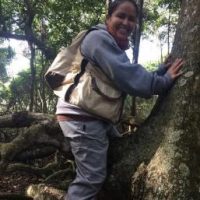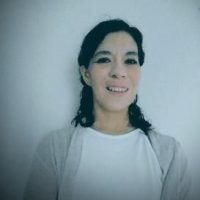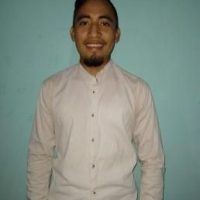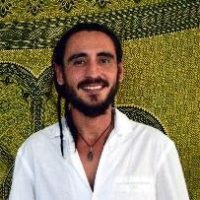
The Center for Research and Advanced Studies of the National Polytechnic Institute (Cinvestav) was founded in 1961 and is a Mexican public institution dedicated to the development of science, technology, and postgraduate studies. It is a distinguished leader in research and training for human resources. It has 28 research departments distributed in 9 campuses throughout the Mexican Republic.
The Mérida Unit of CINVESTAV was created in 1980 seeking to develop science and technology in the region. It has 3 academic departments and houses more than 60 high-level researchers.
There are 4 areas of knowledge generation and/or application in the Marine Resource Department: a) aquaculture, fishing and biotechnology, b) coastal processes and management, c) health and environmental impact, and d) biodiversity and the function of aquatic ecosystems. It has 20 laboratories dedicated to the development of those areas, where the work of the Primary Production Laboratory seeks to provide knowledge on the effects of natural and anthropogenic events on the ecological stability of ecosystems such as coastal lagoons, mangroves, sea grass meadows, reefs, bays and marine area, among others.
What is our role in CORESCAM?
Among the various research groups collaborating on the project, there are two specialized teams: one in mangroves and the other in reefs.
The expert team in coral reef ecosystems of the Cinvestav-Mérida Unit provides CORESCAM with the development of information and analysis on the extreme conditions (temperature, hurricanes, storms and droughts), and the ecological conditions (fish and corals) of the coral reefs of the Caribbean and Mesoamerican Reef System.
The expert team in mangrove ecosystems participates in CORESCAM focusing on the analysis of spatial and temporary information on the compositional and structural characteristics of mangroves, as well as the relationship between extreme events with these characteristics. They also analyze the diverse information on blue carbon at key sites in the Yucatan peninsula and perform statistical analyses of time series and spatial data. They evaluate the effects of extreme events on the forest structure and the function of mangroves and the effects on the biodiversity of birds.
There are 4 areas of knowledge generation and/or application in the Marine Resource Department: a) aquaculture, fishing and biotechnology, b) coastal processes and management, c) health and environmental impact, and d) biodiversity and the function of aquatic ecosystems. It has 20 laboratories dedicated to the development of those areas, where the work of the Primary Production Laboratory seeks to provide knowledge on the effects of natural and anthropogenic events on the ecological stability of ecosystems such as coastal lagoons, mangroves, sea grass meadows, reefs, bays and marine area, among others.









